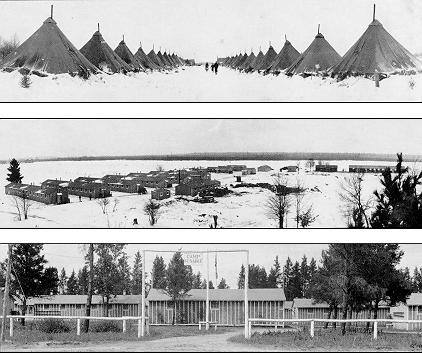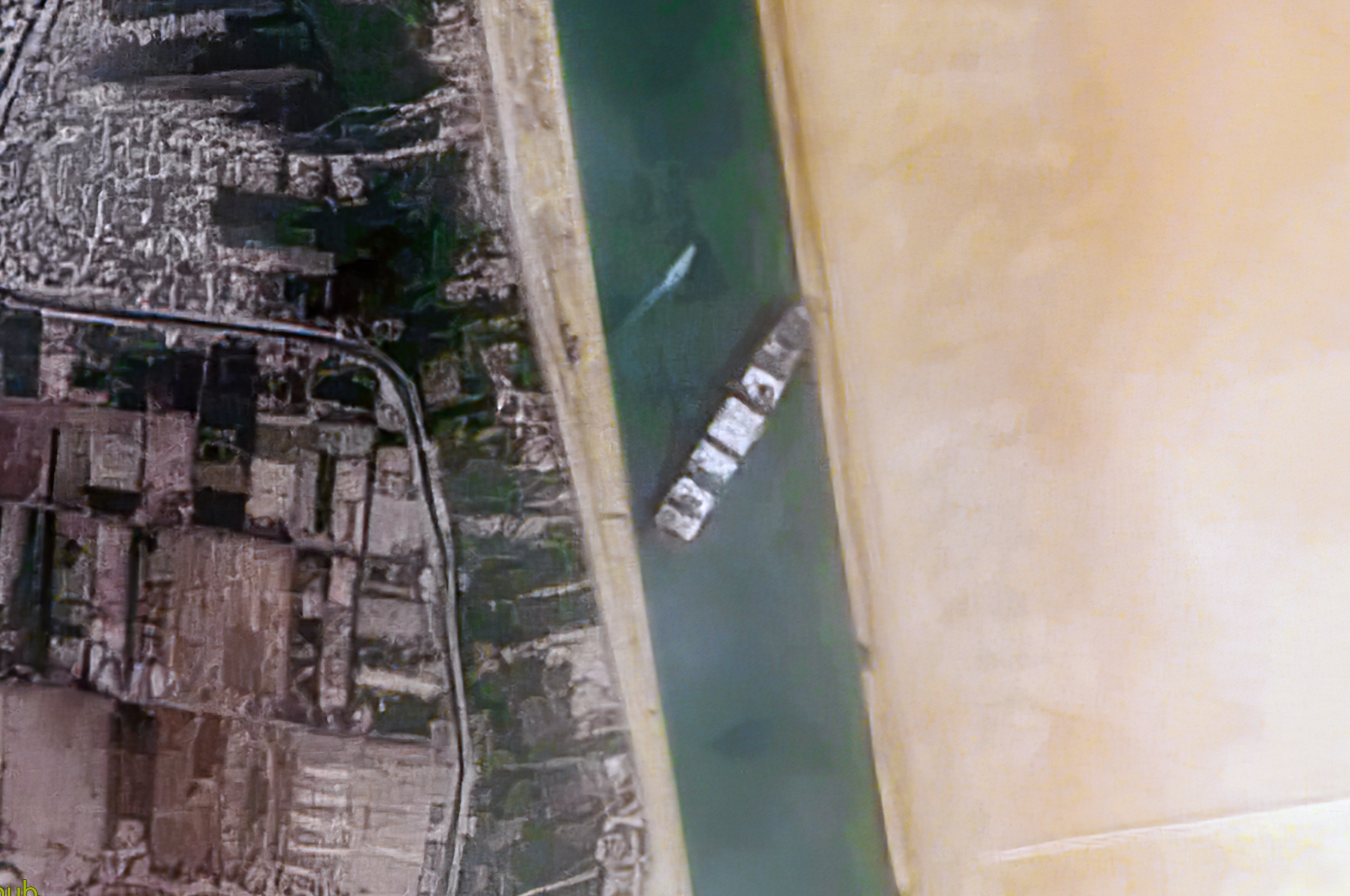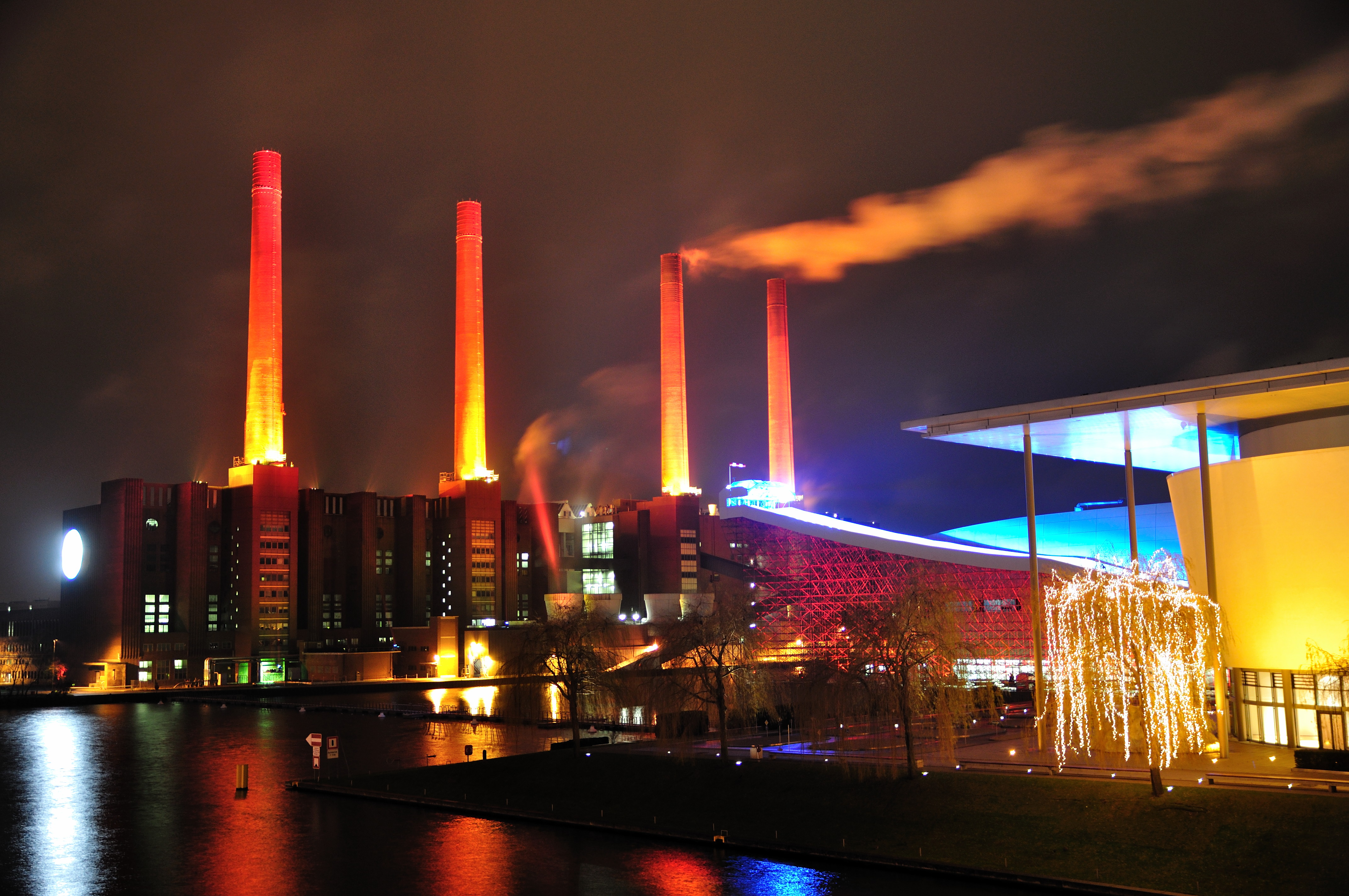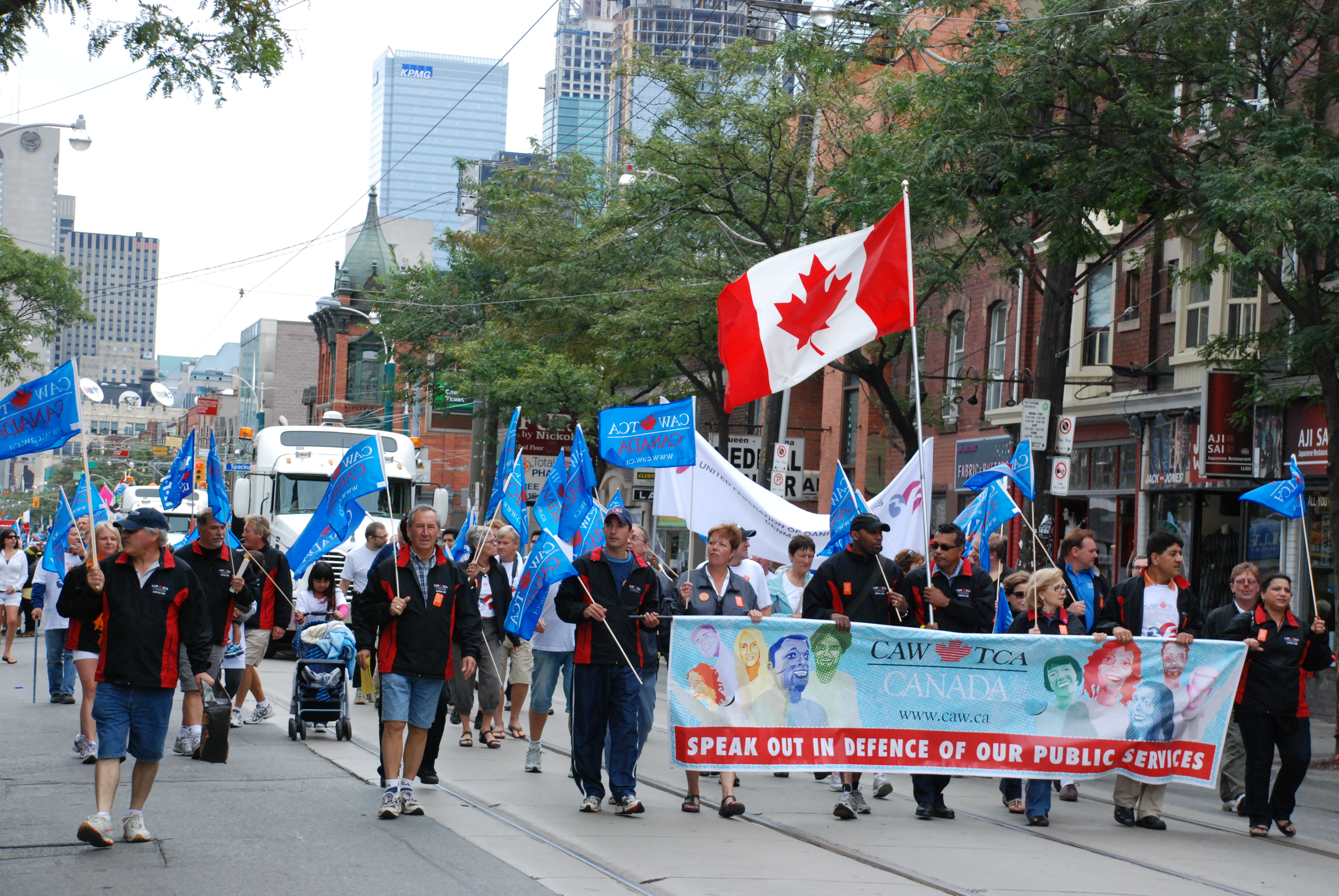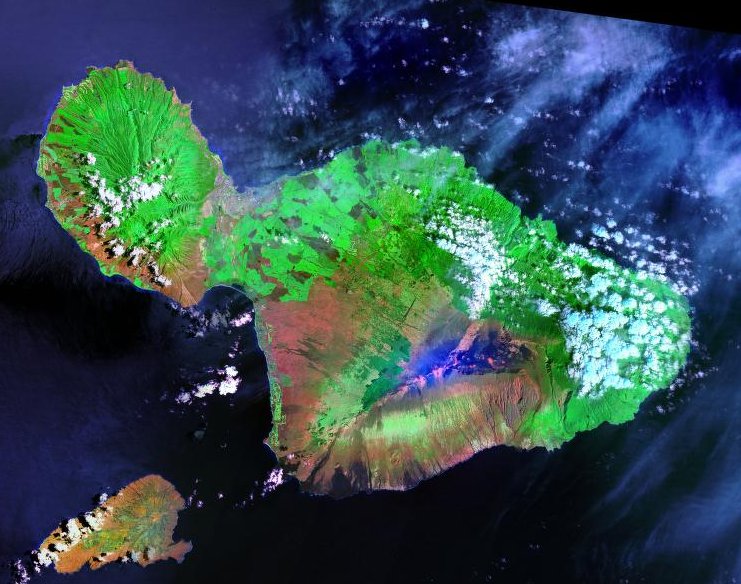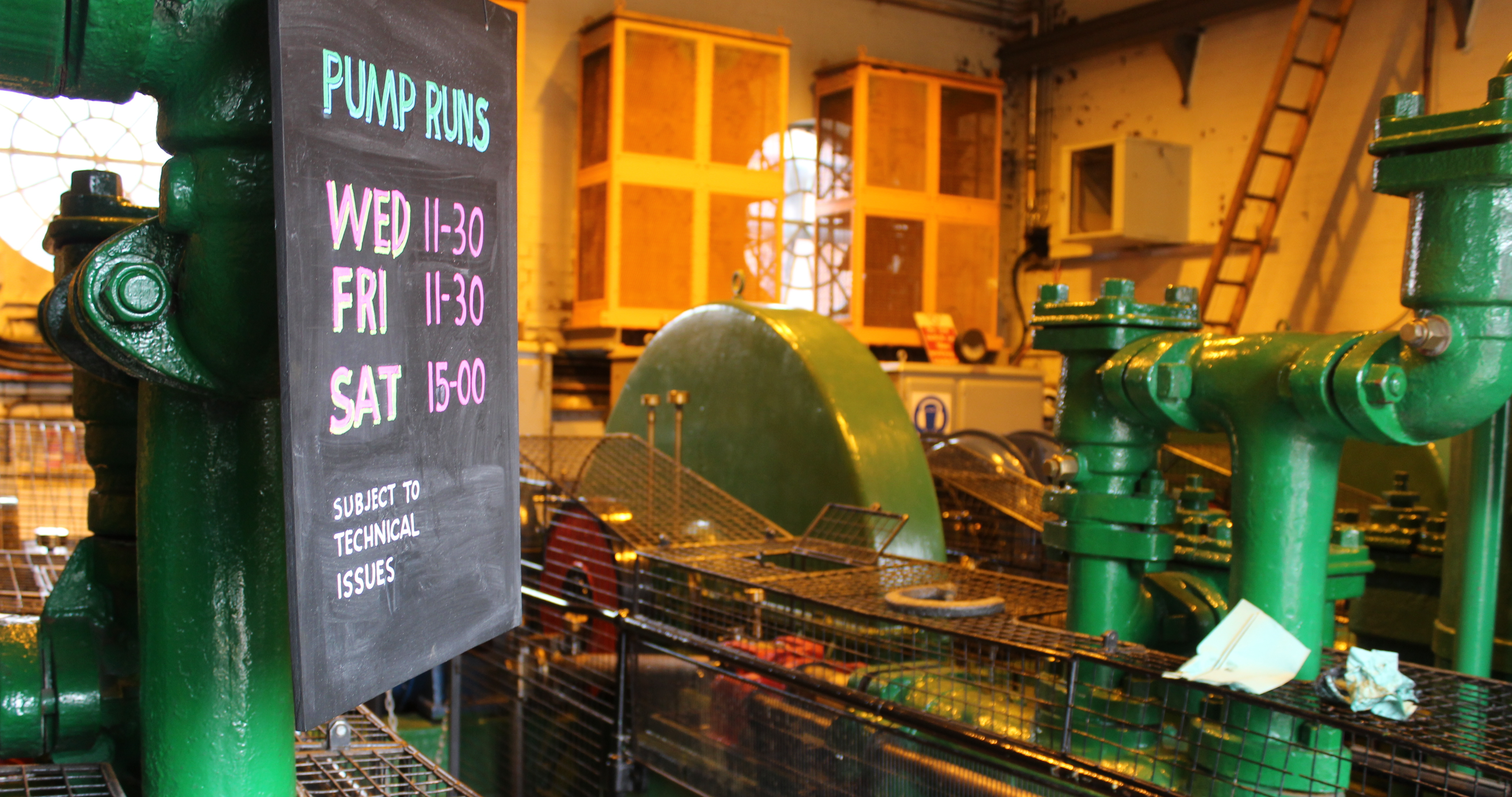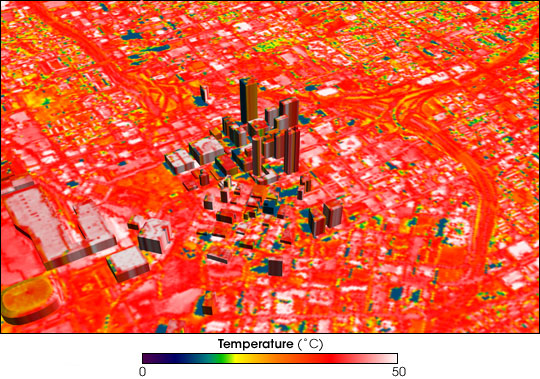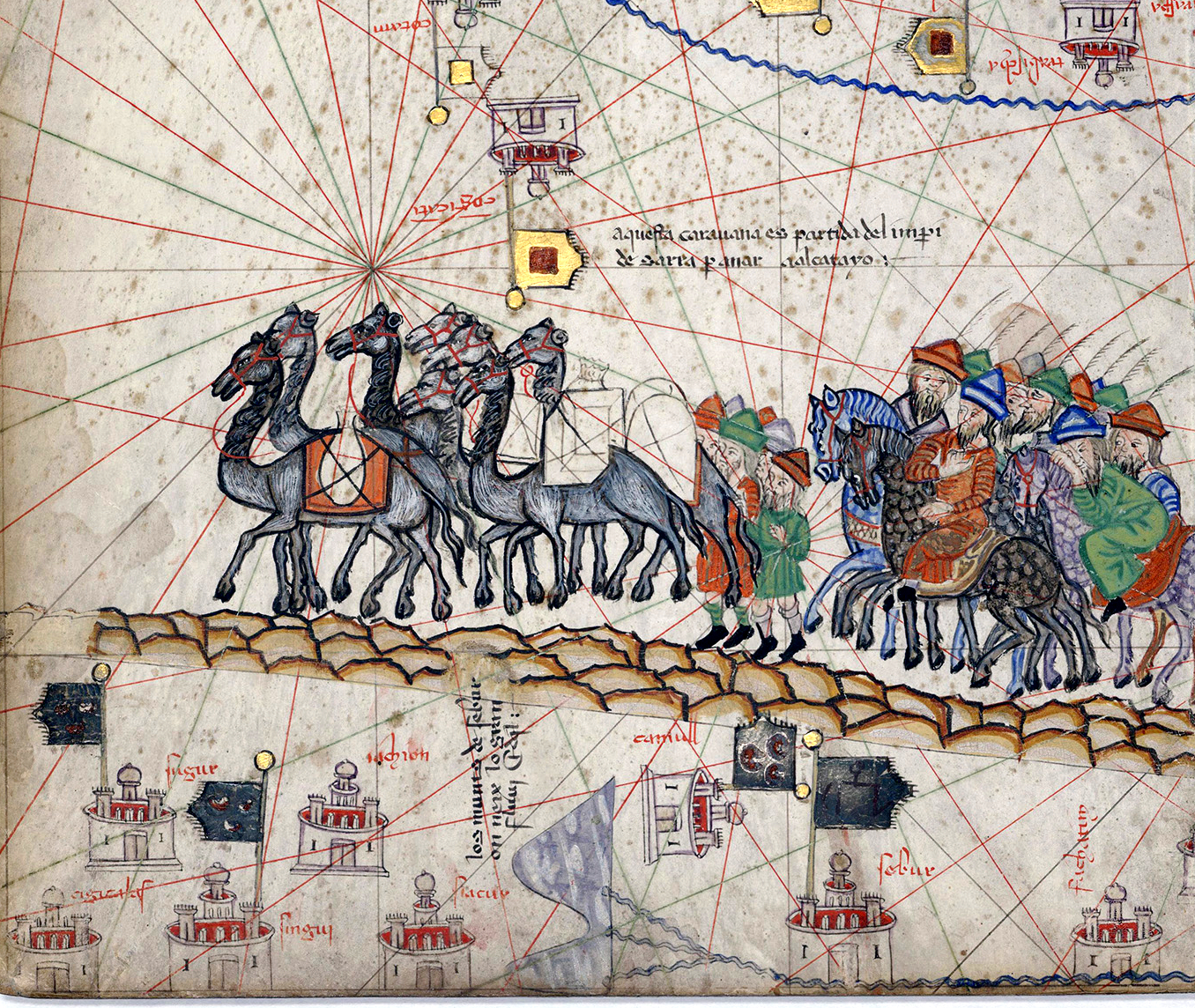
The ancient silk road originated in China. Image: “Caravane sur la Route de la Soie” by artist and cartographer Cresques Abraham (1325-1387. Image from Gallica Digital Library. Creative commons public domain. Included with appreciaiton.
While many animals (and a few plants) move around, humans may be the only species that builds roads, ships, and aircraft to do so. Human history can be traced by modes of transport: carts and wheels, ships and sails, trains and rails, tunnels and tubes, roads and vehicles, aircraft and wings, rockets and boosters. The ancient Silk Road, emanating from China around 206 bc, running 4,000 miles (6,437 kilometers), was one of the first extended paths over land. China’s Grand Canal connected to the sea via one of the world’s first inland waterways. Transport is about connection: ancient China achieved both land and sea routes that resulted in cultural and economic exchange.

In 2013, China announced the Belt and Road Initiative. Now, in 2023, here is a map of the project. “Topographic map of the Belt and Road Economic Corridor and pathway cities” by graphic artist, 18 October 2023. Creative commons 4.0. Included with appreciation.
One decade ago, China announced what some call Silk Road 2.0; its formal name is the Belt and Road Initiative (BRI). This week, representatives from nearly 150 countries met in Beijing to consider next steps. One agenda item: debt. China has reportedly financed airports, bridges, hydroelectric facilities, pipelines, ports, and roads in extensive world locations with an understanding that the receiving country would pay back loans and share user fees. There have been criticisms, as well as defaults and delays. Nepal’s new Pokhara Airport opened with a big price tag but as yet small revenue. China recently restructured debt with Argentina, Sri Lanka, and Zambia, among others. Not everyone is staying in the program; Italy had joined but is now trying to leave. But some countries and their leaders are decidedly there: Russia’s Putin was at the meeting, so was Haji Nooruddin Azizi, a minister of the Taliban. (Cash 2023)

Belt and Road Forum representatives, 17 October 2023. Image: from Kremlin.ru. Creative commons 4.0. Included with appreciation.
Perhaps in response to concerns involving environmental and justice concerns, China launched the 2021 Global Development Initiative to promote “economic and social development” with a funding deposit of $10 billion. The total BRI extension in loans and grants is estimated at $1 trillion.
The Belt and Road Initiative has both pro and con issues. Image: “Plus, Minus, and Equality Signs” by graphic artist Sa-se. Creative Commons public domain. Included with appreciation.
While debt is a concerning issue (some say it is a con in the word’s two meanings) so is pollution: China’s overseas fossil-fuel power plants emit 245 million tons of CO2 annually. Another factor is land use change, with further environmental damage and loss of biodiversity, especially to land that is the home of original, indigenous people. However, there may also be pros. China has extended $500 billion in funding that some say could improve the infrastructure and industrial capabilities of some areas that desire growth but may have had challenges getting funding. From any angle, the Belt and Road Initiative is macro and global.

The Belt and Road Initiative may soon circle the world. It is one of the most important macro projects in history. Could the BRI be an opportunity for renewable energy, sustainable water, and perhaps even a new understanding of our interconnected world? How can you get involved to make it so? Image: “Animated Globe with Flags” by graphic artist Meclee, 2012. Creative commons 3.0. Included with appreciation.
The scope and span of the BRI make it one of the most significant agents in climate. The sheer volume of concrete, for example, could influence the environment: what if the BRI instituted a policy regarding the use of concrete as a carbon capture and containment? Ditto BRI’s energy use: as a leader in solar, could China favor renewable technology in BRI projects? BRi may be the biggest and most impactful construction project in history. We need to pay more attention. How can we influence climate and justice decisions? Want to know more? Start here, or here.
Cash, Joe. “Leaders gather in China for smaller, greener Belt and Road summit.” 16 October 2023. Reuters. https://www.reuters.com/world/chinca/leaders-gather-china-smaller-greener-belt-road-summit-2023-10-16/
China, Belt and Road Initiative website. https://www.yidaiyilu.gov.cn/
Gallagher, Kevin P., et al., “The BRI at Ten.” Global Development Policy Center, Boston University. https://www.bu.edu/gdp/files/2023/09/GCI-Report-BRI-10-FIN.pdf
Pierson, David, Anatoly Kurmanaev, Tiffany May. “With Putin by His Side, Xi Outlines His Vision of a New World Order.” 18 October 2023. The New York Times. https://www.nytimes.com/2023/10/18/world/asia/putin-xi-china-russia.html
Wakabayaski, Daisuke, Bhadra Sharma, and Claire Fu. “China Got a Big Contract. Nepal Got Debt and a Pricey Airport.” 16 October 2023. The New York Times. https://www.nytimes.com/2023/10/16/business/nepal-pokhara-airport-china.html
Building the World Blog by Kathleen Lusk Brooke and Zoe G. Quinn is licensed under a Creative Commons Attribution-NonCommercial-NoDerivs 3.0 U


















